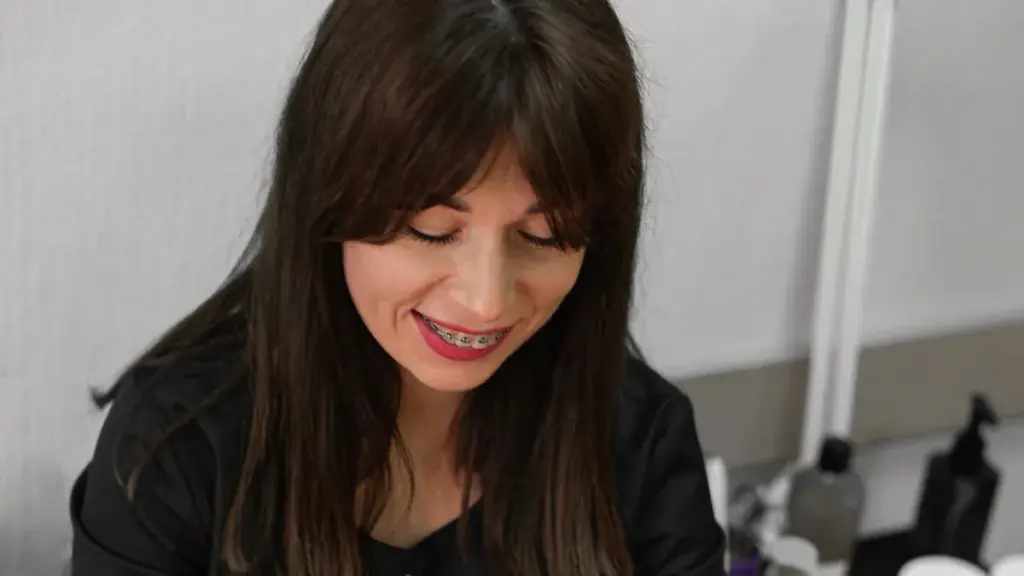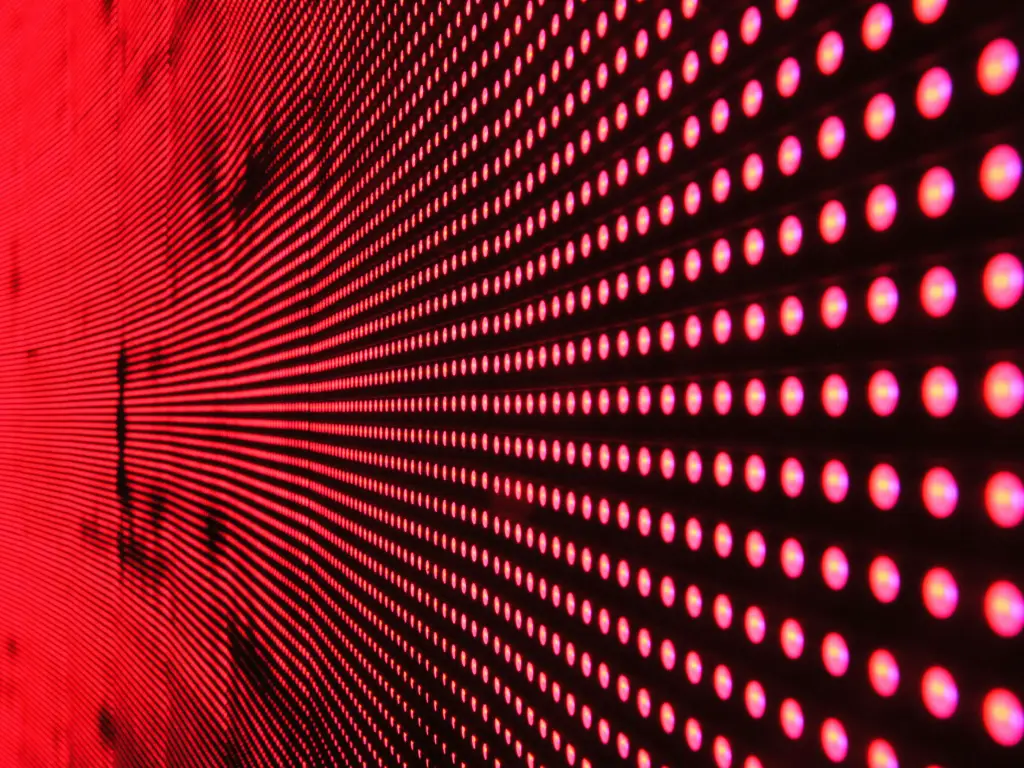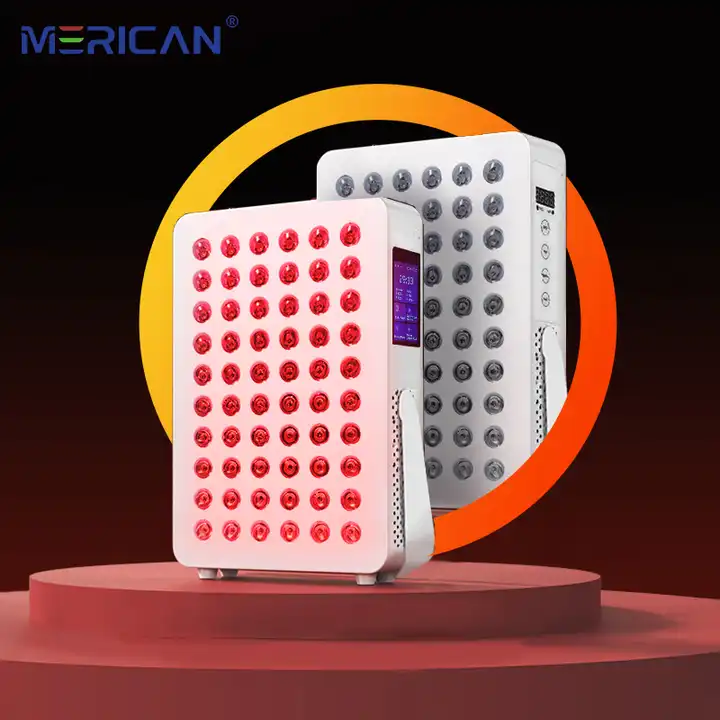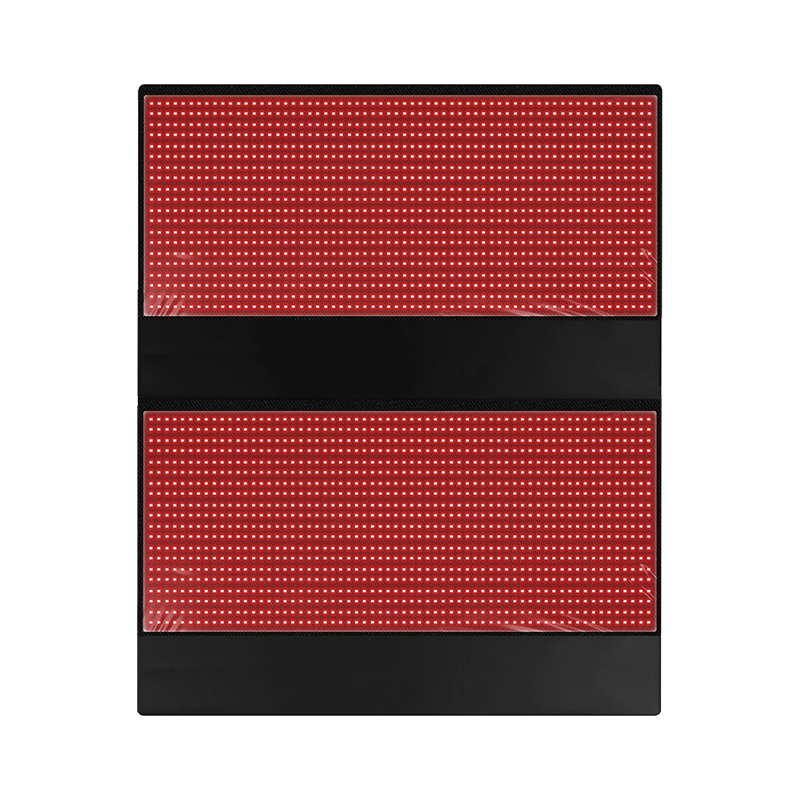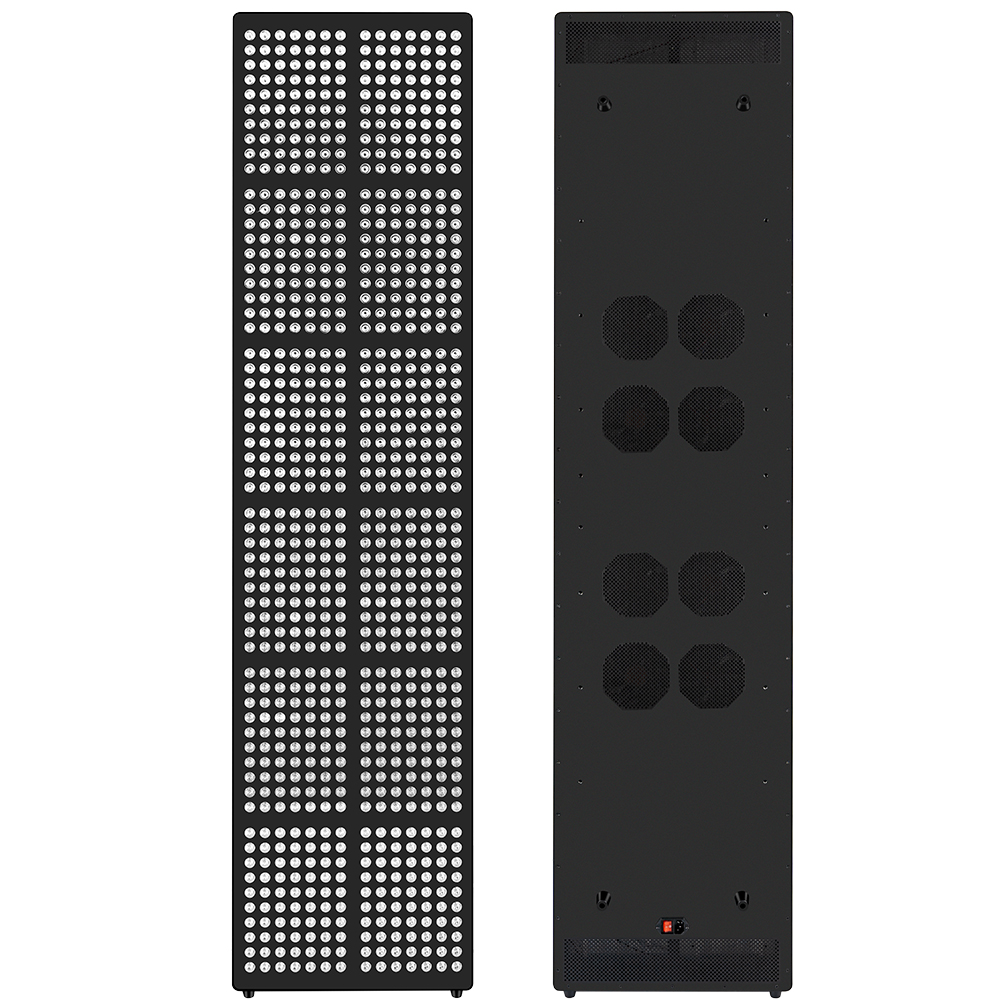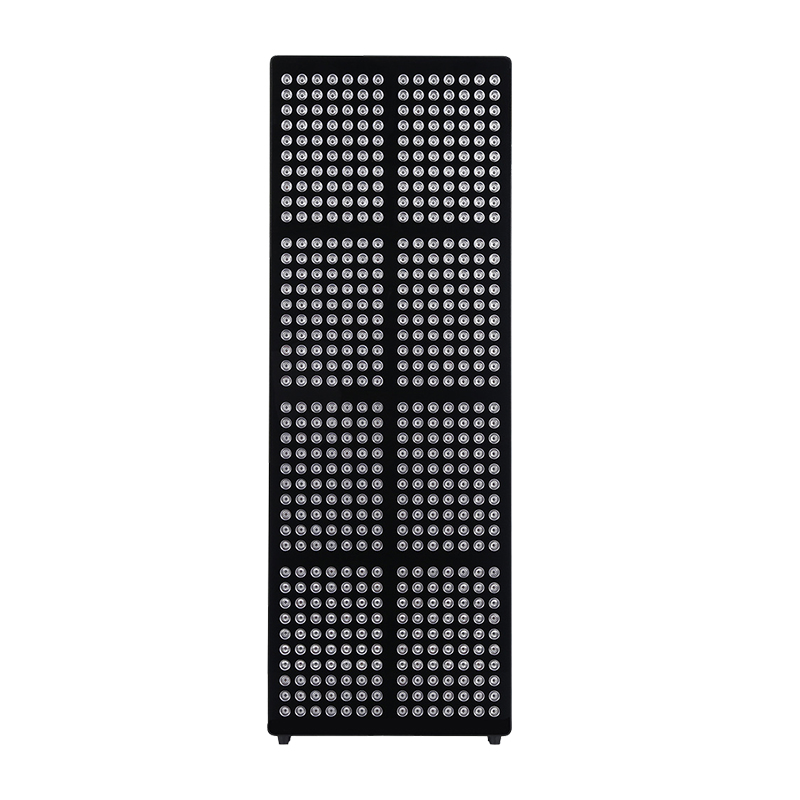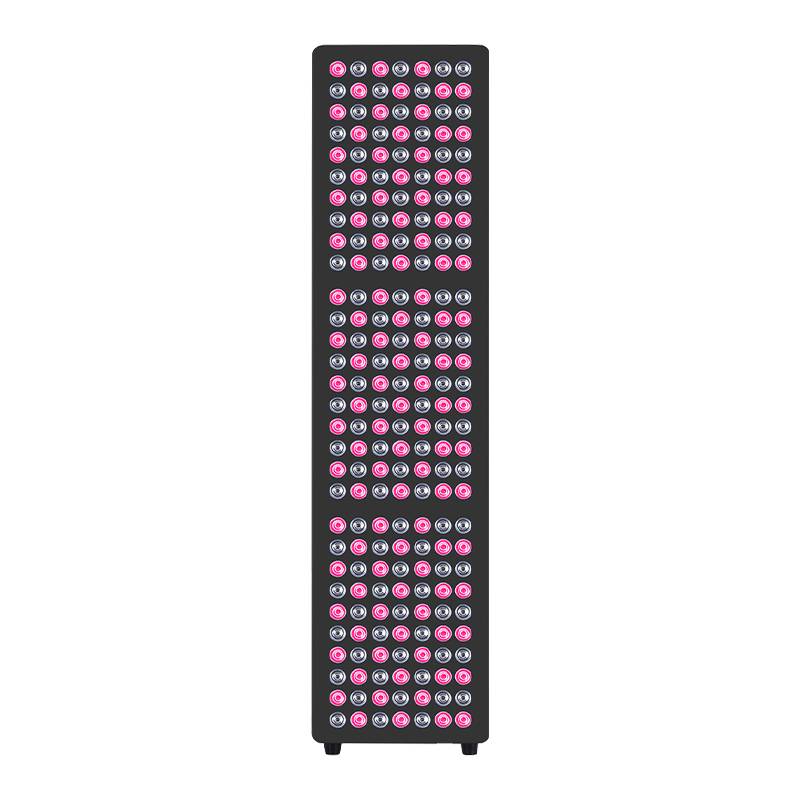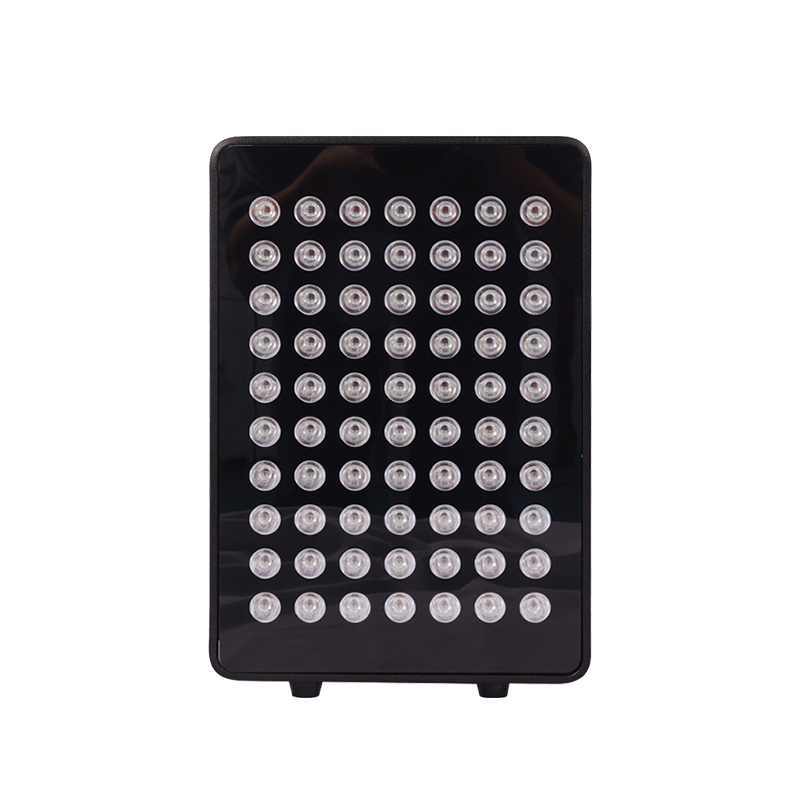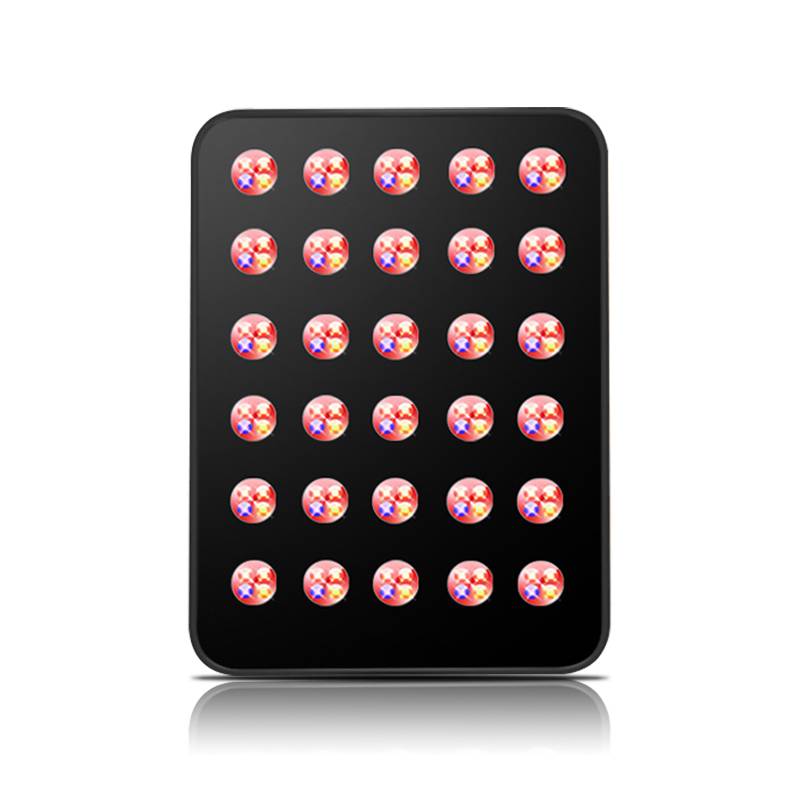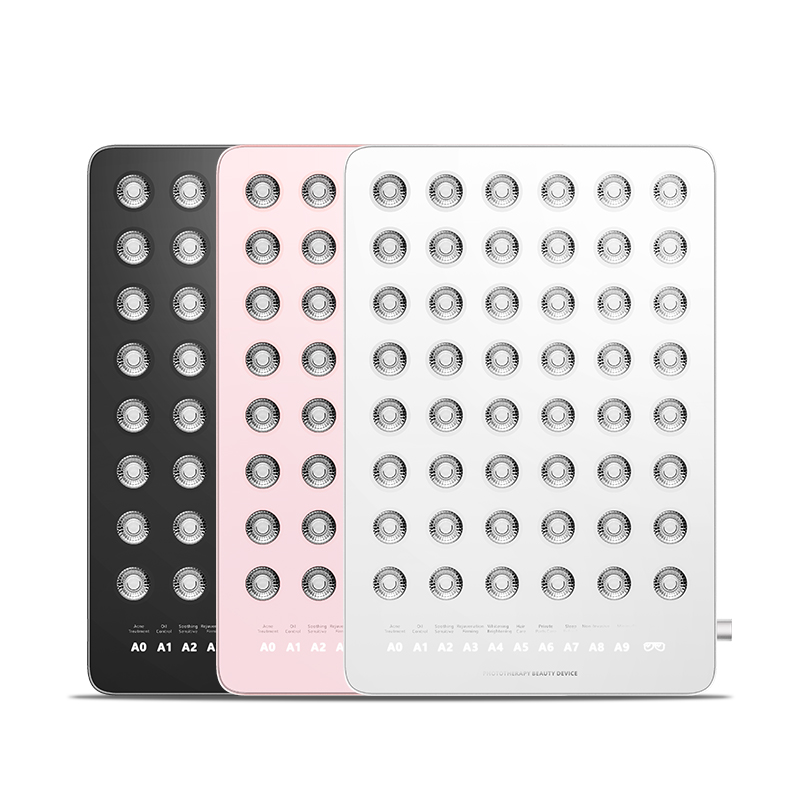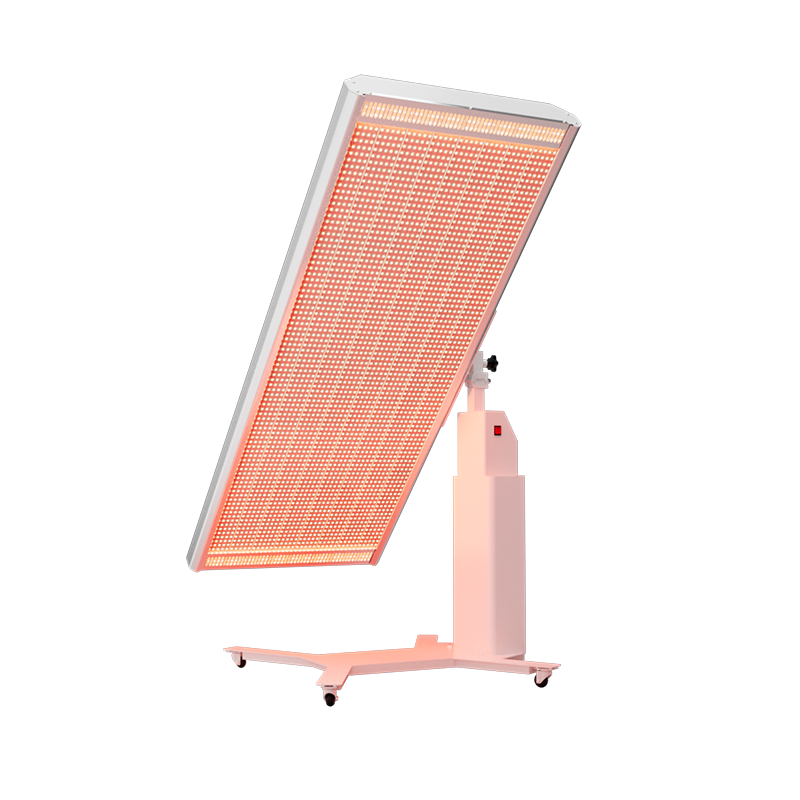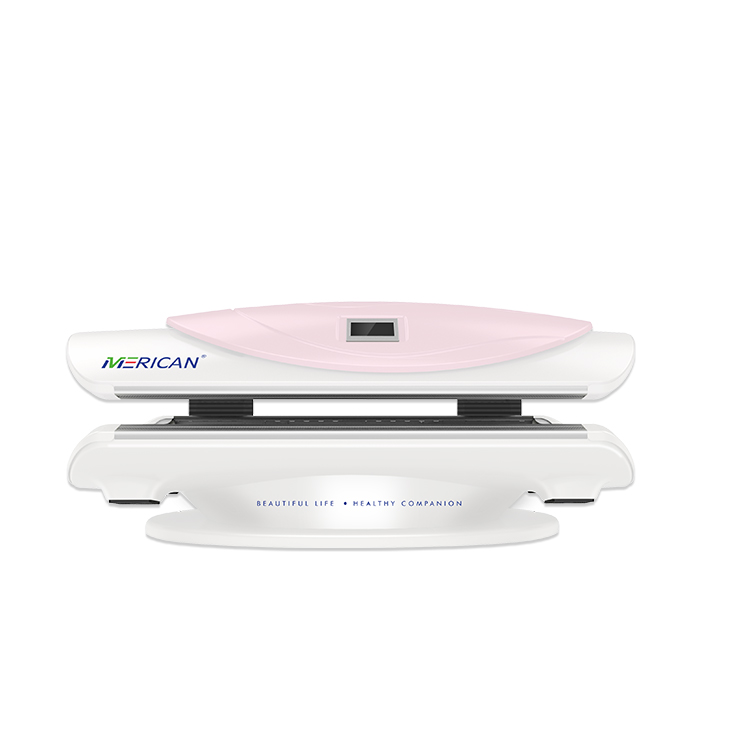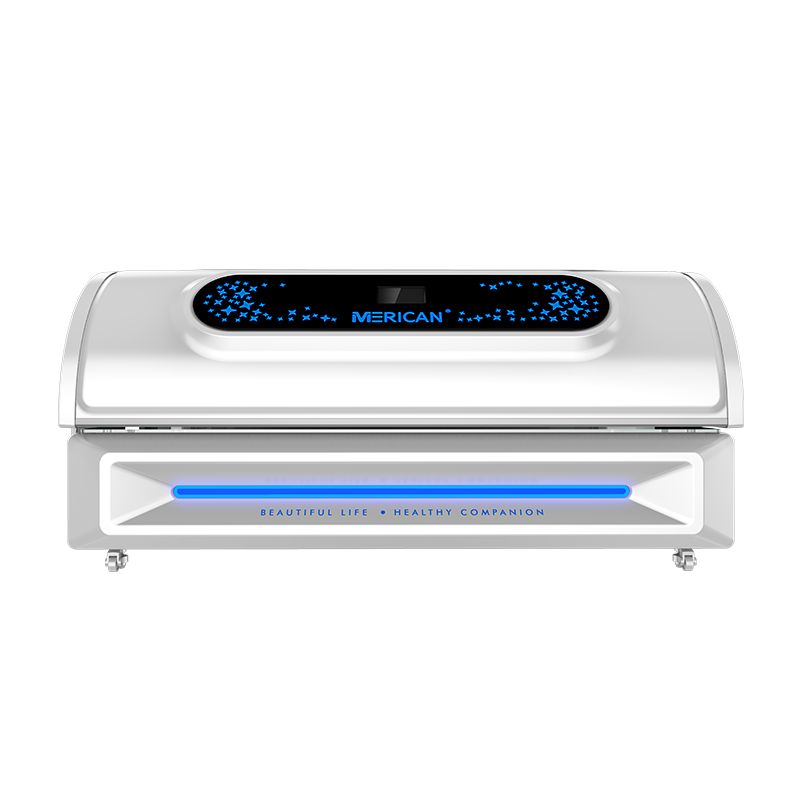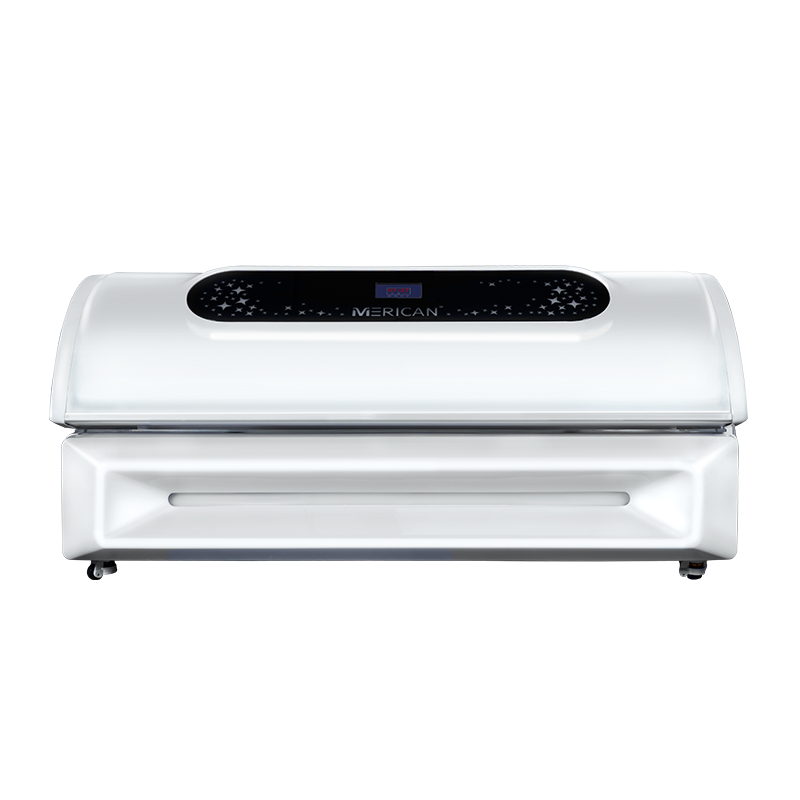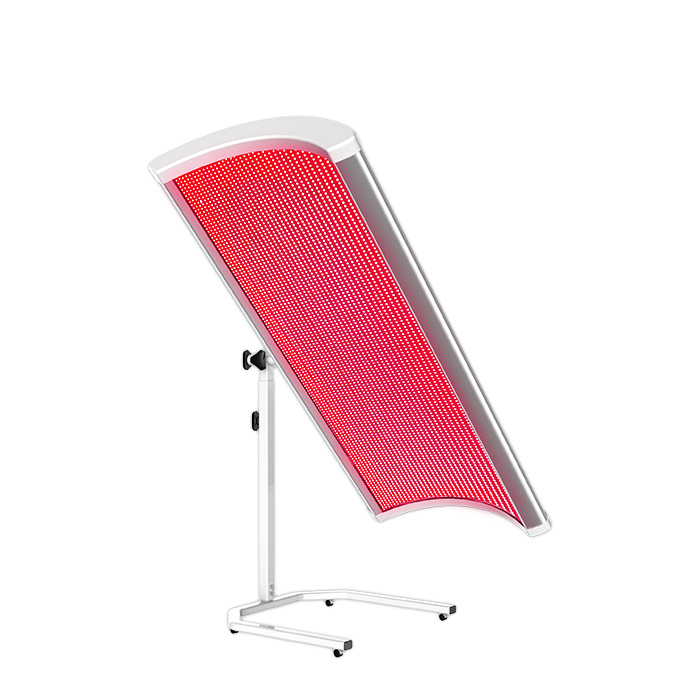Terapia com luz vermelha (Rlt) mostra algum potencial e promessa no tratamento da depressão.
A seguir está uma análise detalhada da terapia da luz vermelha no tratamento da depressão:
EU. Princípios Básicos da Terapia da Luz Vermelha
A terapia da luz vermelha é um método de tratamento que utiliza baixos níveis de luz vermelha, cujo comprimento de onda está geralmente entre 630nm e 700nm. Esta terapia funciona de forma não invasiva, irradiando luz no corpo para ativar as mitocôndrias dentro das células., que por sua vez promove a energia celular (ATP) produção e outros efeitos biológicos.
II. Aplicação da Terapia da Luz Vermelha no tratamento da depressão
1、Melhoria da função mitocondrial: a disfunção mitocondrial é um aspecto importante na patogênese da depressão. Irradiação de luz vermelha pode ativar mitocôndrias, aumentar sua atividade de catalase, e promover o metabolismo do açúcar e a produção de ATP, melhorando assim a função celular, especialmente a função das células nervosas.
2、Efeito antiinflamatório: A patogênese da depressão está intimamente relacionada à resposta inflamatória. A irradiação de luz vermelha pode regular positivamente os fatores antiinflamatórios para evitar reações neuroinflamatórias, reduzindo assim os sintomas depressivos.
3、Modulação de neurotransmissores: Atividade funcional reduzida de neurotransmissores monoaminérgicos (Por exemplo, dopamina e 5-hidroxitriptamina) é considerado um dos importantes mecanismos patogênicos da depressão. Foi relatado que a terapia da luz vermelha aumenta a transmissão dopaminérgica em regiões do cérebro, melhorando assim os sintomas depressivos.
4、Regulação dos biorritmos: Pacientes deprimidos geralmente sofrem de distúrbios biorrítmicos, especialmente depressão sazonal. A luz vermelha inibe a secreção de melatonina e regula os ritmos circadianos, melhorando assim o sono e o humor.
O que é depressão? Sintomas e tratamento
De acordo com a Associação Americana de Psiquiatria, depressão, também conhecido como transtorno depressivo maior ou TDM, “é uma condição médica comum e séria que afeta a forma como você se sente, a maneira como você pensa e como você age”. Embora muitos associem a condição à tristeza, tem uma série de outros sintomas que podem prejudicar significativamente a vida e o bem-estar de uma pessoa. Alguns deles incluem:
*Falta de motivação ou perda de interesse em atividades que antes eram desfrutadas
*Distúrbios do sono (insônia ou dormir demais)
*Irritabilidade ou explosões de raiva
*Falta de energia ou fadiga extrema
*Falta de apetite ou aumento da ingestão de alimentos
*Ansiedade ou inquietação
*Sentimentos de inutilidade
*Dificuldade em pensar ou concentrar-se
*Pensamentos de morte ou suicídio
*Sintomas físicos inexplicáveis (dores musculares e articulares ou dor de cabeça)
O número e a gravidade dos sintomas podem variar de um indivíduo para outro. O tratamento típico para a depressão envolve medicação (existem centenas de medicamentos usados para tratar a doença, e pode ser necessário muita tentativa e erro para encontrar um que funcione para o indivíduo), terapia (terapia cognitivo-comportamental ou psicodinâmica, por exemplo), ou uma combinação de ambos.
Talvez você esteja olhando a lista acima e pensando, “Isso soa como eu”. Ou talvez você tenha um diagnóstico e esteja procurando uma maneira eficaz de complementar seu tratamento atual. Seja qual for a sua situação, é crucial embarcar nesta jornada com seu médico, pois o autodiagnóstico e o tratamento não supervisionado podem ter consequências terríveis.
III. Estudos Clínicos e Evidências
Nos últimos anos, cada vez mais estudos clínicos têm apoiado a aplicação da Terapia da Luz Vermelha no tratamento da depressão. Por exemplo, uma equipe de pesquisa da Universidade da Cidade de Hong Kong descobriu que a irradiação de luz vermelha pode ativar mitocôndrias e promover a síntese celular, que é propício à reparação e regeneração de tecidos danificados, e então estimular os tecidos neurais para atingir fins terapêuticos. Além disso, um estudo conduzido por uma equipe da Wenzhou Medical University e do Zhejiang Key Laboratory of Neurology Research também mostrou que a irradiação de luz vermelha pode melhorar o comportamento semelhante ao da depressão em ratos.
4. Por que usar a terapia da luz vermelha?
Quando não obtemos luz natural adequada, afeta todas as células e processos do nosso corpo. Os humanos foram feitos para usar a luz solar para uma saúde ideal. A luz saudável é essencial para o funcionamento de todas as células, e a falta de luz pode levar a doenças e enfermidades crônicas.
Sabe-se que a falta de luz solar causa ansiedade e depressão porque a falta de luz solar suficiente esgota os níveis de serotonina e dopamina no cérebro., e esses níveis baixos podem levar a condições de humor incapacitantes. Ficar em casa por longos períodos afeta o bem-estar mental. Além da depressão clínica e da ansiedade, baixos níveis de serotonina também estão associados a transtornos depressivos, como transtorno afetivo sazonal (TRISTE), um tipo de transtorno de humor influenciado pela mudança do horário de verão.
A terapia da luz vermelha pode especificamente:
- Aumentar os níveis de energia lentos
- Apoie um humor equilibrado
- Melhorar a clareza mental e a confiança
- Melhore a positividade geral, e calmo, e reduzir a ansiedade
- Reduzir a depressão sazonal (TRISTE)
Embora os dispositivos de terapia da luz vermelha possam ter esses benefícios, eles nunca devem substituir o trabalho com um profissional de saúde mental ou outros tratamentos para ansiedade, depressão, ou algo parecido.
Para concluir, Terapia com luz vermelha, como um método emergente de tratamento não invasivo, mostra algum potencial e promessa no tratamento da depressão. Com o aprofundamento da pesquisa e o desenvolvimento contínuo da tecnologia, acredita-se que trará benefícios para mais pacientes deprimidos no futuro.

